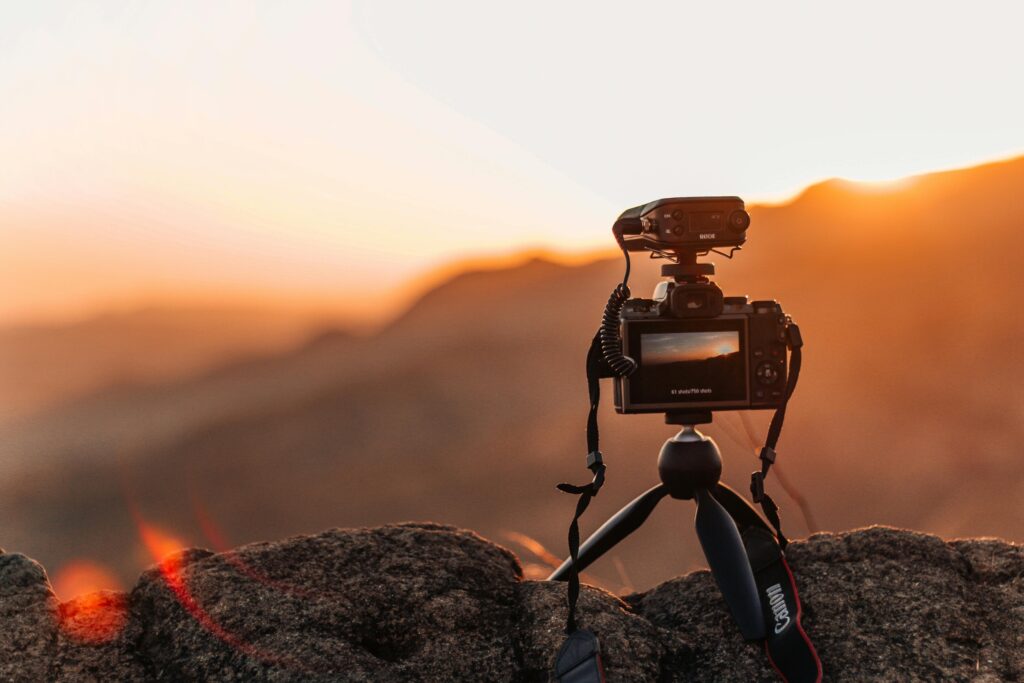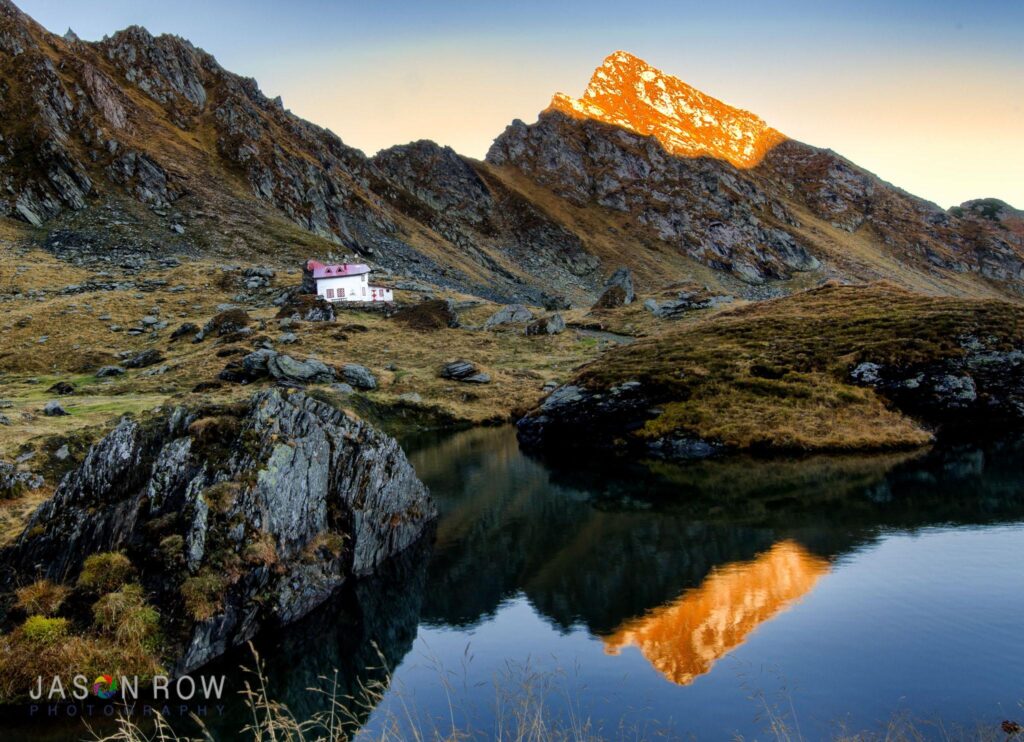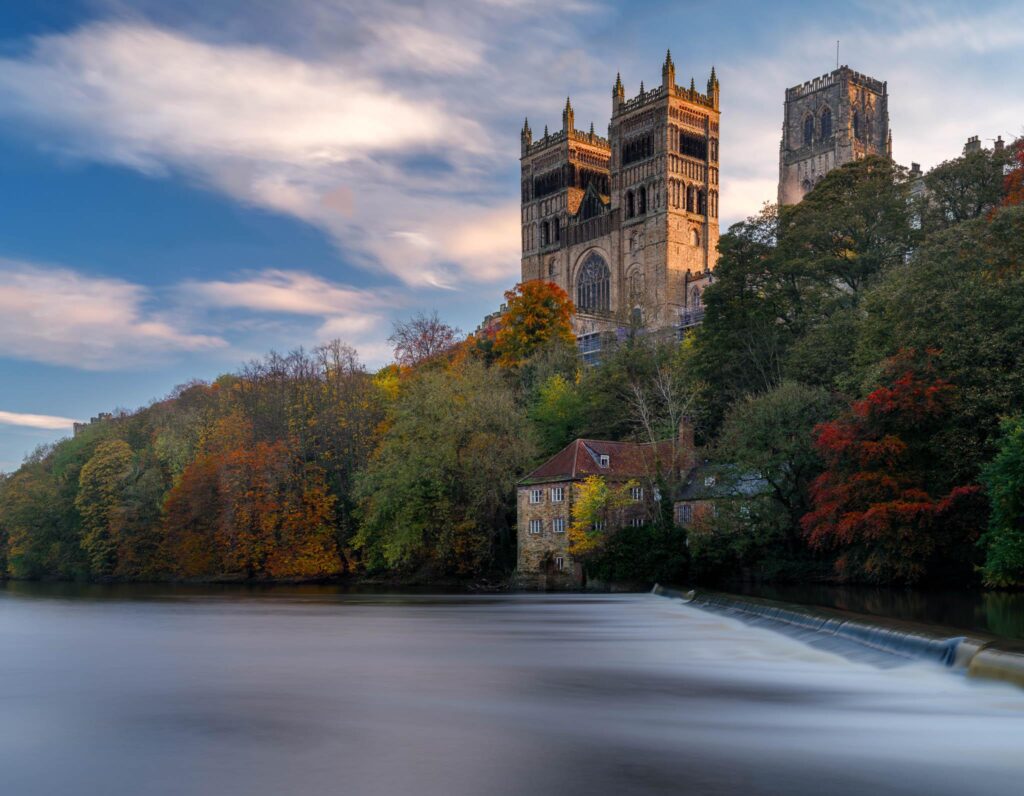A mere 20 years ago, around this time of year, much of the World’s population were either looking forward to partying though a millennium eve or contemplating the crash of modern society due to the Y2K bug. Many of us that chose to party on that incredible night, would have undoubtedly taken photographs. Of that multitude of photographs, virtually all of them would have been shot on film.
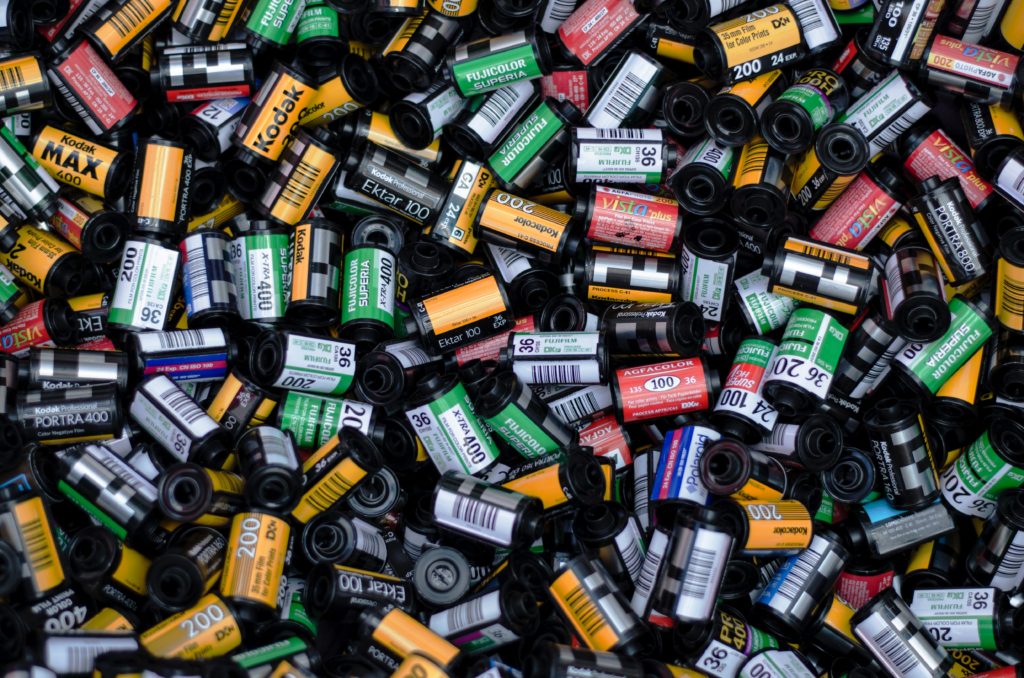
It’s a sobering thought that those of us old enough to indulge on the Millennium Eve are, at a bare minimum, approaching our 40’s. It’s even more sobering to consider just how photography has changed in those two decades. When historians look back at the story of photography, 2000-2020 may well be it’s defining era. Today we are going to look at some of the most iconic events of the last twenty years.
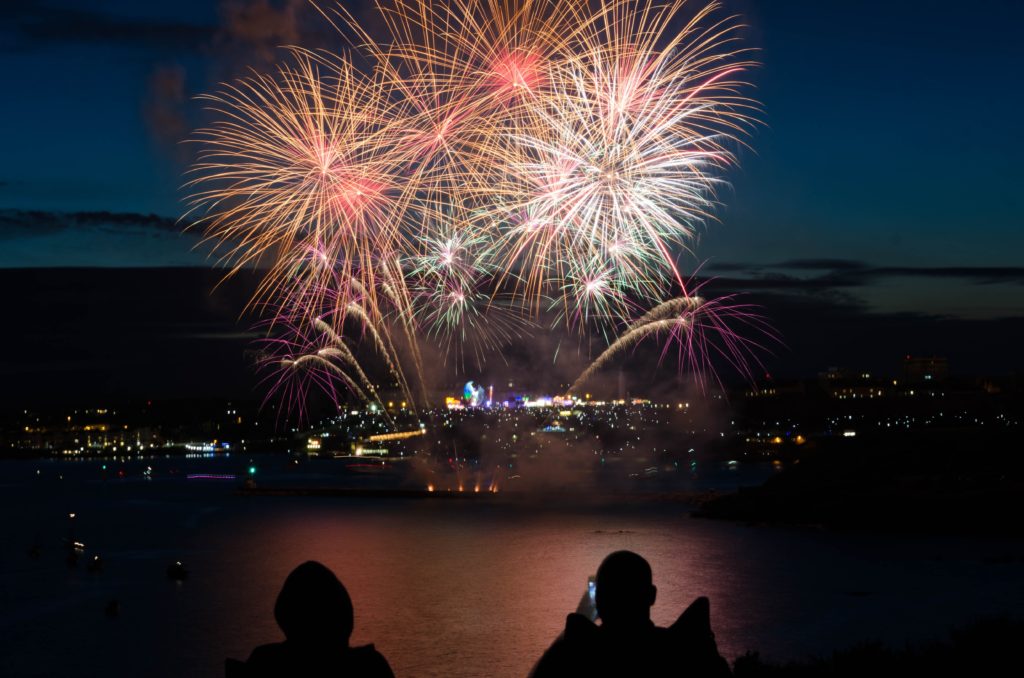
Dawn Of A New Millennium
There were a few of us that shot our Millennium Eve photos on digital. I was one of them. The camera I was using was the Olympus C-2000 Zoom. It had a 2mp CCD sensor, a 35-105 zoom, used SmartMedia memory cards and sucked the life out its four AA batteries. In short, compared to film cameras of the day, it was awful.
As the new millennium was ushered in, the weapon of choice for the vast majority of photographers, enthusiast and pro alike, was the film SLR. Digital SLRs were available but they were also hideously expensive, running into the tens of thousands of dollars.
Almost as if to define a new era, in January 2000, Fuji announced what has become regarded as the first consumer-level DSLR, the S1-Pro. By today’s standards, it was primitive, a 3MP sensor built around a Nikon film body. It was also not cheap at $3500, but that still put it in range of the many rather than the few.
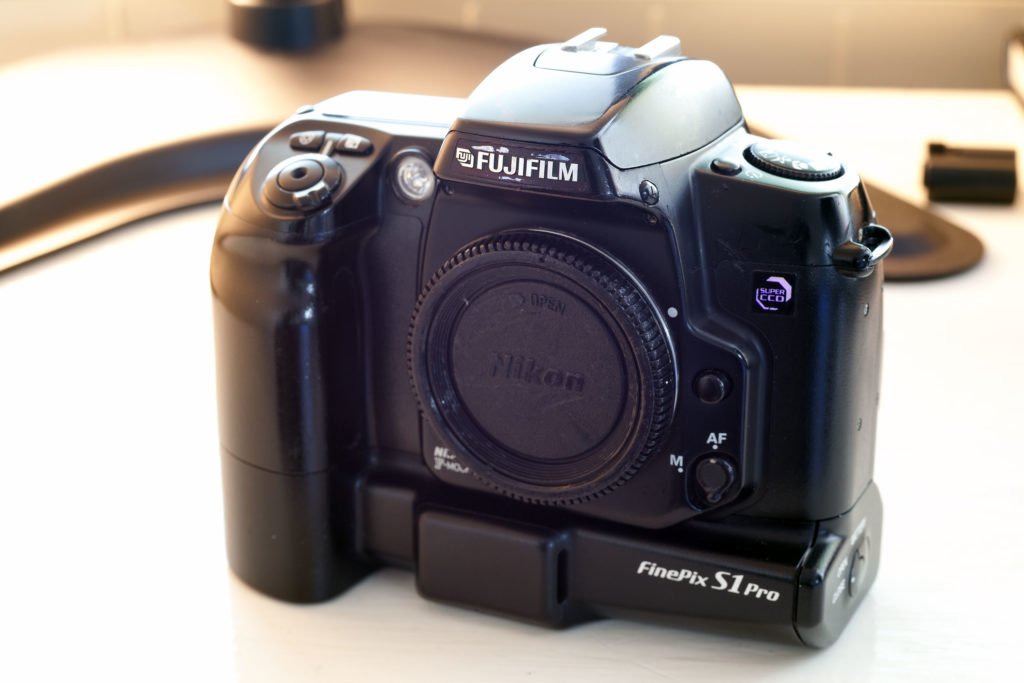
A few short months later, Canon released the EOD D30 and the consumer level DSLR market had started. Because the SLR was the defining camera for film photography, the DSLR soon became the defining camera for digital photography. Despite the naysayers and doubters, film was effectively dead by 2005.
Apple Changes The World – And Photography.
A few days into the eighth-year of the new Millennium, Apple’s Steve Jobs took to the stage of the Moscone Convention Center in San Francisco. During his presentation, he announced the iPhone. At the time, there was little for photographers to take note of. The iPhone had a single rear-facing 2mp camera and no video.
It was, however, the genesis for the smartphone revolution and in turn, the mobile photography and film making revolution. These days most high-end smartphones are sold on their photographic and video capture capabilities. Smartphones have enabled people with little photographic expertise to take great photos with just a keen eye for composition. They have been photography’s great leveller.
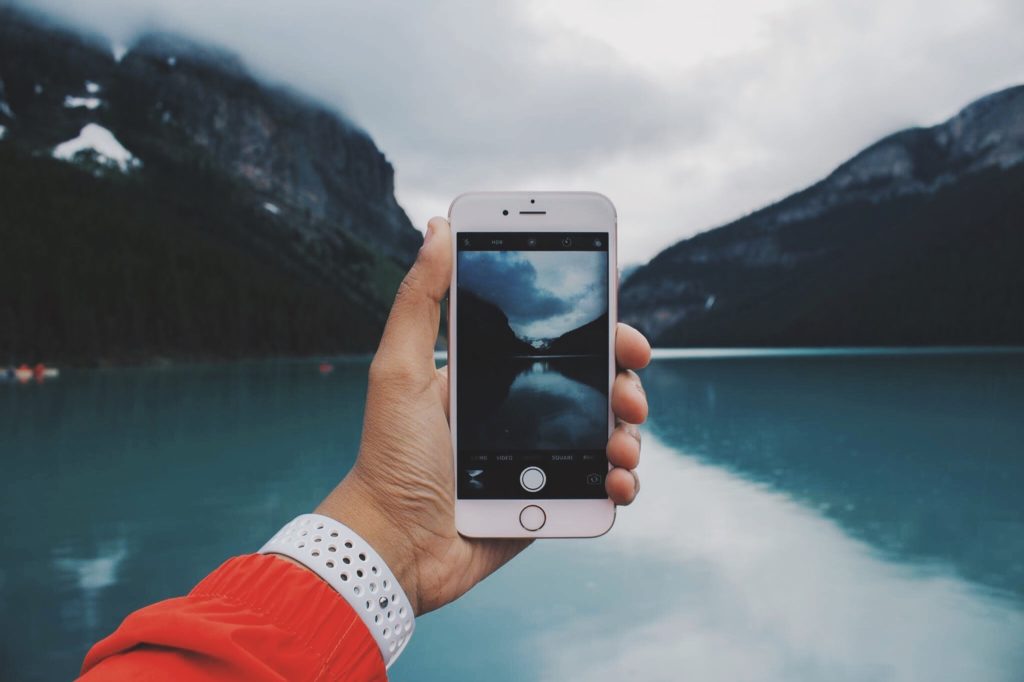
The Convergence
For the first few years of the millennium, video and photography remained separate and distinct entities. Both had embraced the digital era, both used similar technologies and techniques, yet both needed camera’s designed for their own specific tasks.
That changed in September 2008, when Canon announced the EOS 5D Mark II. This impressively specced camera had a powerful and, at the time, unique feature. It could shoot High Definition video off of a full-frame sensor. For filmmakers, the holy grail of shooting video was the cinematic look. Until the Canon EOS 5D, this required either massively expensive video cameras or to shoot on film. The 5D changed that, now filmmakers could shoot, high definition, shallow depth of field, cinematic video on a stills camera that cost less than $3000.
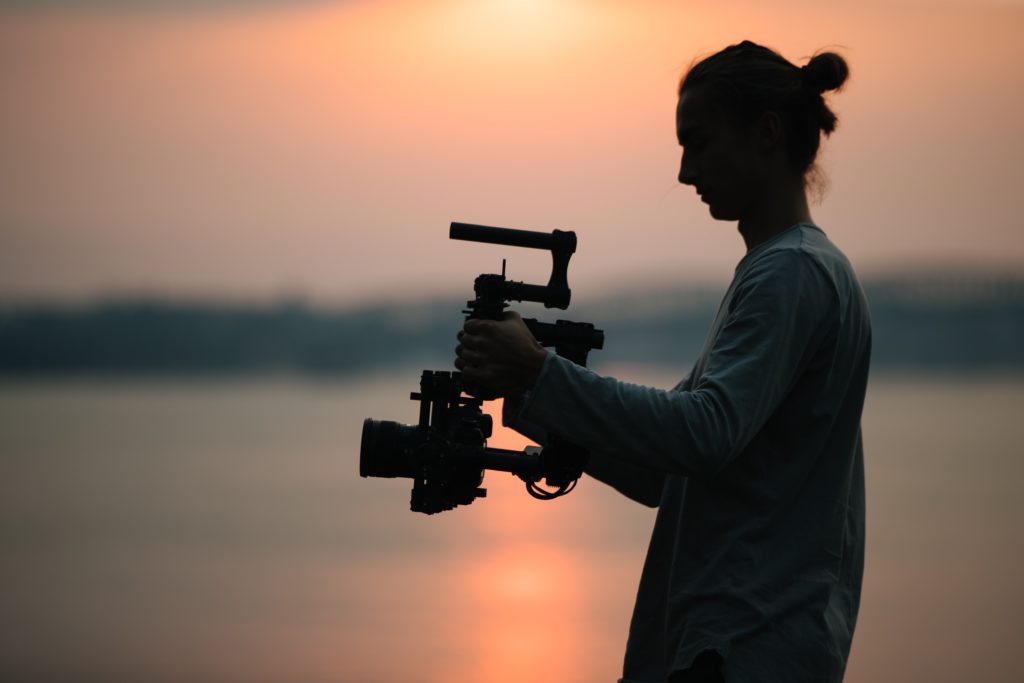
The Canon was just the start of the convergence of video and stills. These days, almost every advanced and professional camera is capable of shooting high-quality video, with some manufacturers such as Sony and Panasonic making video capabilities, the priority.
The Arrival Of Mirrorless.
If the consumer level DSLR enabled the digital age, the mirrorless camera is its future. The first mirrorless camera was released way back in 2004 in the form of the Epson R-D1. However, it was not until the establishment of the Micro 4/3rds standard that mirrorless started to take hold. Perhaps the first of the consumer M4/3 cameras was the Panasonic DMC-G1, released in 2008. Looking like a compact DSLR, it featured a 12mp sensor and was squarely aimed at enthusiast photographers.
However, the mirrorless system was to remain the preserve of the enthusiast for quite a few years. Lack of larger sensors, poor battery life and electronic viewfinders help back professional from buying into the mirrorless ecosphere.
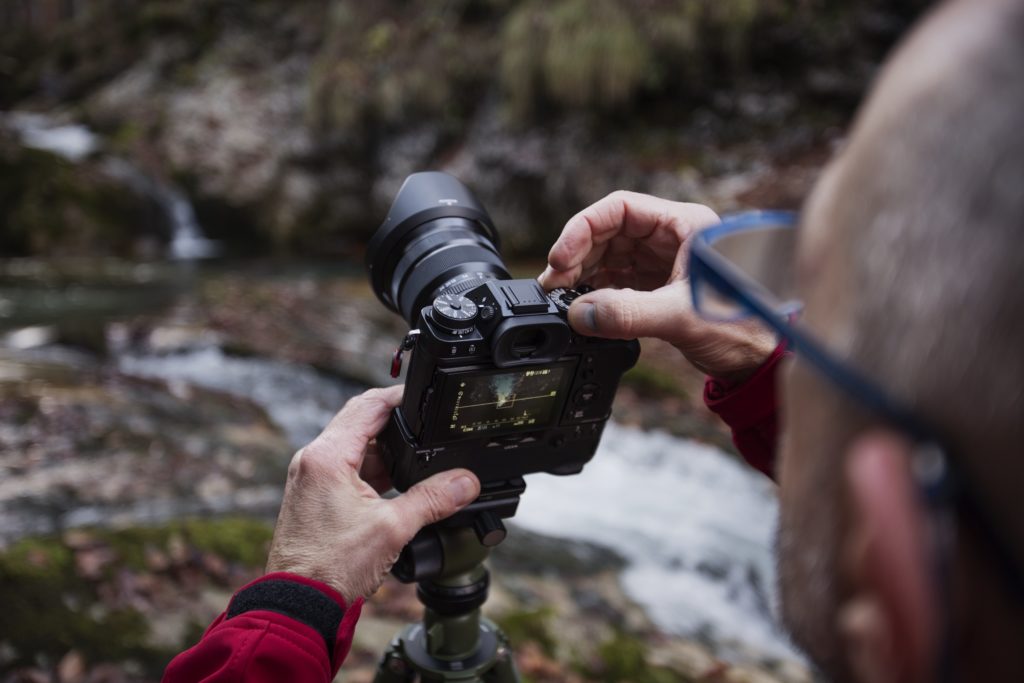
That changed with the evolution of Sony’s. Alpha mirrorless cameras. Boasting full frame in the first generation, 4k video by the second and going on to incorporate many of the functions required by professional photographers. Other manufacturers began to realise that the key to mirrorless success was the professional market and today, we are well and truly into the mirrorless age. The 80-year reign of the reflex camera is coming to an end.
How Photography Has Changed The World
Photography has always had the power to change the world politically, but the advent of digital photography over the last 20 years has changed the world socially as well. We now live in an age when content is king and the most powerful content of all is visual. Instagram, Youtube, Twitter and Facebook are built upon the sharing of pictures and video.
Big brands no longer need to spend millions on television advertising, they can get Internet celebrities to do their marketing for them at a fraction of the cost. Reviews, unboxing, demonstration videos drive consumer demand for almost everything we can buy and behind the creation of each and every one of those videos and stills is a digital camera.

It could be argued that digital cameras are now driving other technologies. We now have 8K TVs, but only because there are now 8K cameras to create the content. Many of us now have 4K TVs, yet professional, broadcasters have very little in the way of 4K content. What drives 4K TV sales are the millions of UHD videos that we can watch on the likes of Youtube. Depending on your world outlook it is both an amazing time or a depressing time to be a photographer.
In the two decades since the y2K bug never happened, photography has changed beyond all recognition. Even old “fogeys” like me have had to adapt, embrace and marvel at the technological advances that have happened to our chosen hobby.

